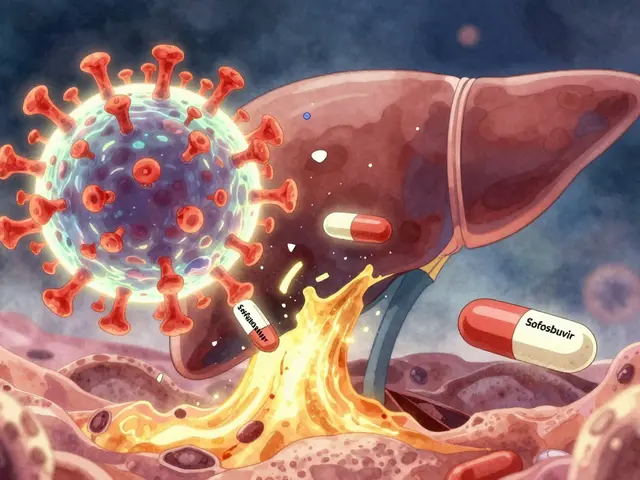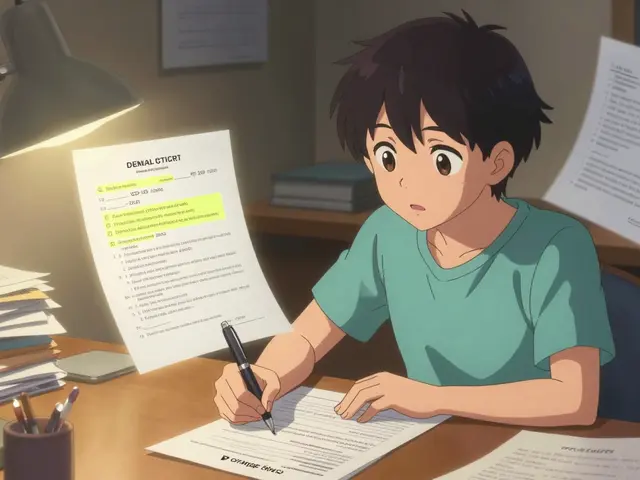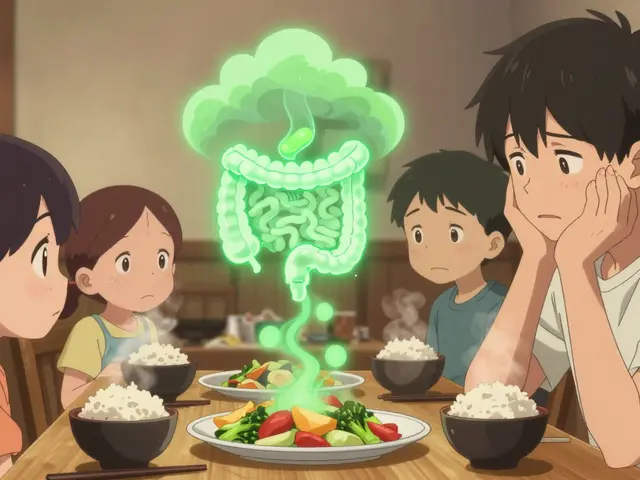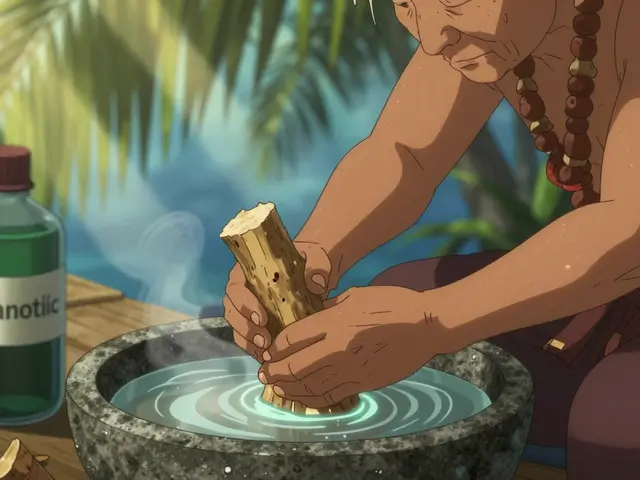How to recycle and dispose of medicines and pill bottles safely
Throwing old pills in the trash or flushing bottles down the toilet sounds easy, but it can harm people and the environment. Want a few real, usable steps you can follow today? Read on—this is practical, not preachy.
Where to take back medicines
Find a local take-back program first. Many pharmacies, hospitals, and law enforcement stations accept unused meds year-round. The DEA also runs National Prescription Drug Take Back Day; search for the next event near you. If a pharmacy offers an in-store drop box, that’s usually the safest choice—staff handle the disposal properly.
Can’t find a take-back site? Call your city or county waste department. They’ll tell you about local programs or special collection events. If you’re on medication that’s dangerous in the wrong hands (strong opioids, stimulants, certain psychiatric meds), prioritize take-back over throwing them away.
Safe steps if you must throw meds in the trash
If no take-back option exists, follow these simple steps to make trash disposal safer: 1) Remove the pills from their original containers. 2) Mix them with an undesirable substance—used coffee grounds, dirt, or cat litter work—so they’re not easy to retrieve. 3) Seal the mix in a sturdy bag or container. 4) Scratch out all personal information from the prescription label before tossing the empty bottle in the trash.
Don’t flush medications unless the label or your local health authority explicitly says to do so. A small list of drugs (because of immediate danger if taken accidentally) may be recommended for flushing by some authorities—but most medicines should not go down the drain.
Needles and sharps are a different problem. Never put loose needles in household trash or recycling. Use an approved sharps container and follow your community’s rules for disposal—many health centers and pharmacies accept sealed sharps containers.
Recycling pill bottles and packaging
Pill bottles are often made of plastic labeled with a recycling code. Check the number on the bottom: #5 (polypropylene) is commonly recyclable in some areas, but rules vary. Always remove and destroy the label so your personal info stays private. Caps and bottles may be different plastics—separate them if your program asks you to.
If your curbside program won’t take pill bottles, ask local pharmacies or community recycling centers. Some places run collection drives for medical packaging. If recycling isn’t available, consider reusing clean bottles for small household storage—screws, earplugs, or travel-sized supplies—after removing labels and washing well.
Final practical tip: keep a small box at home for expired meds and empty bottles. When a take-back event comes up or you visit the pharmacy, drop the whole box off at once. It’s easier, safer, and keeps leftovers from piling up.
Want help finding a nearby take-back site? I can show options if you tell me your city or ZIP code.
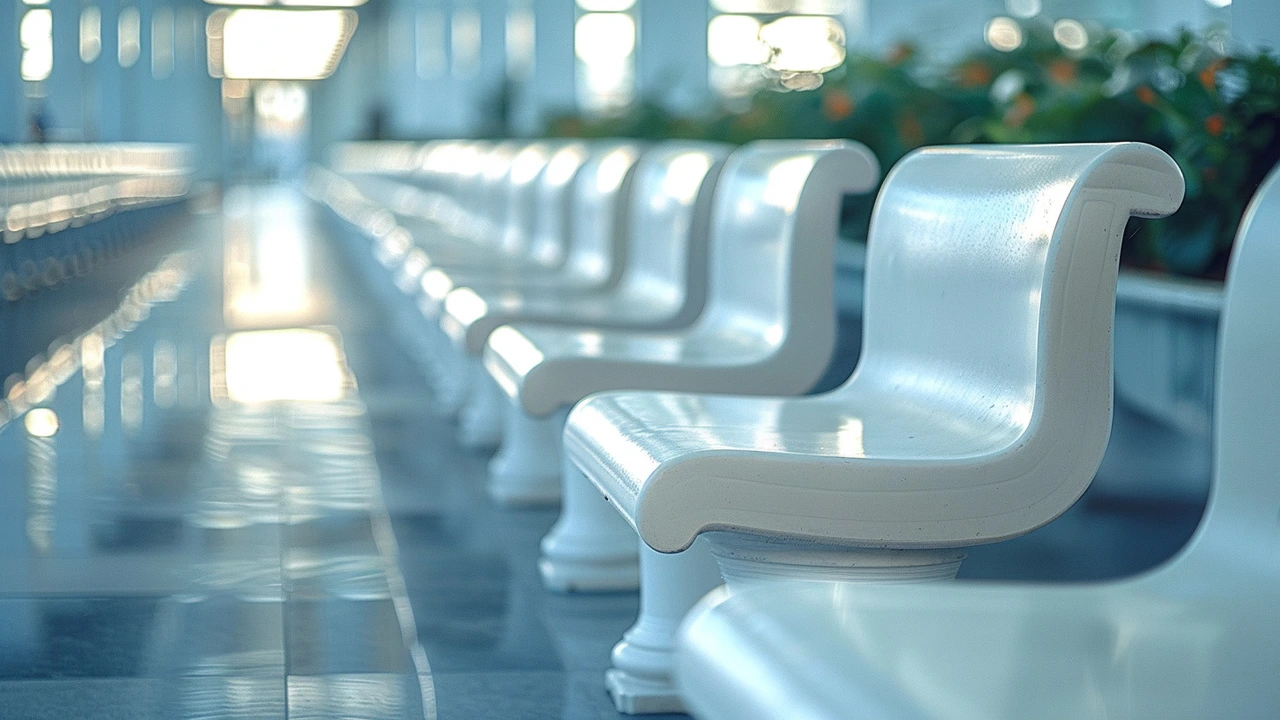
Innovative Recycling Initiative: Turning Plastic Waste into Sustainable Sidewalks
In a groundbreaking move, Japanese toilet manufacturer Lixil Corp introduces 'Revia', a revolutionary building material blending recycled plastic with wood chips. Aimed at replacing traditional concrete or wood in outdoor infrastructures like sidewalks and benches, Revia promises to significantly reduce plastic waste.

